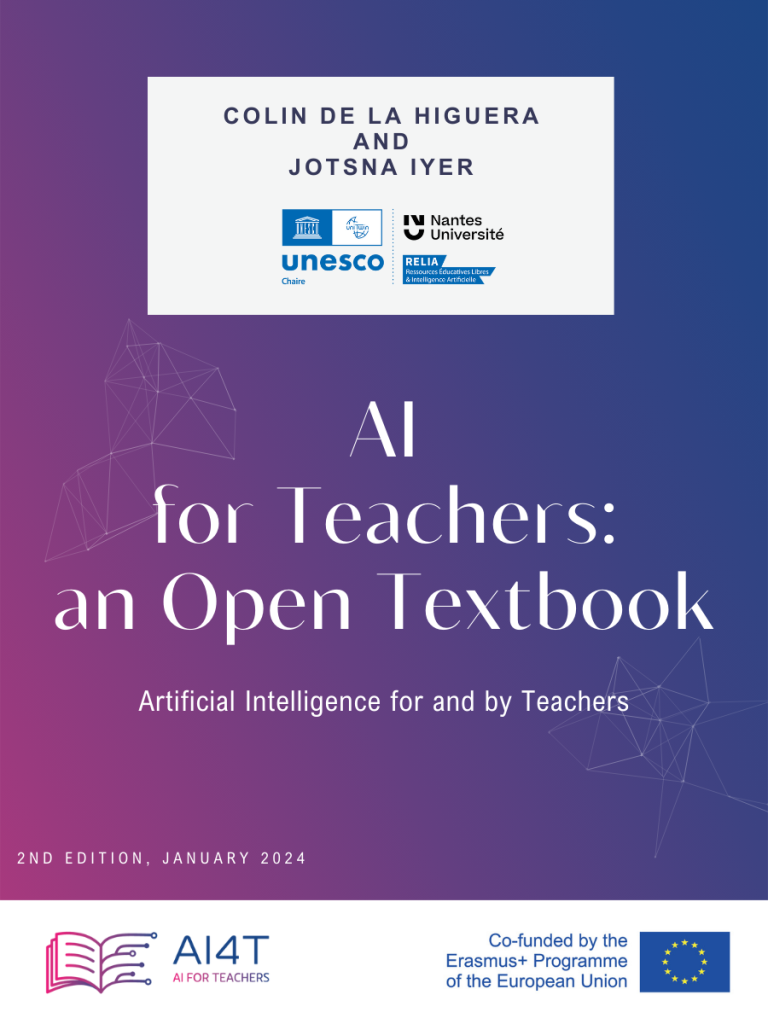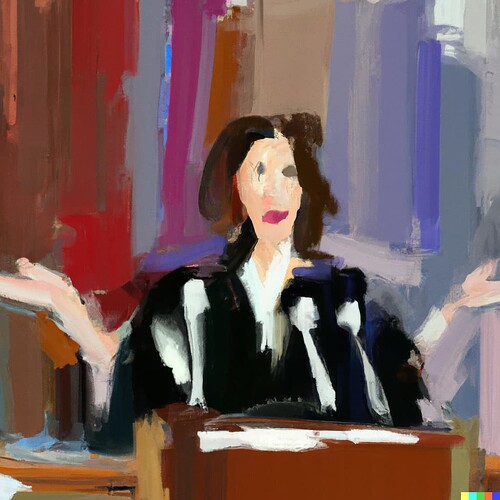We are pleased to share via @cdlh the release the open textbook he co-authored: AI for Teachers available in five languages. Note the tag line “Artificial Intelligence for and by Teachers”
This is both a valuable open resource and example of producing multilingual OERs. Congratulations, Colin!
An Erasmus+ K3 project designed by France, Slovenia, Italy, Ireland and Luxembourg to contribute to training on AI in education for and by teachers and school leaders on a perimeter voluntarily restricted to mathematics, science and modern English language in high school (pupils aged 15-16). A project officially launched on 28 February 2021 for an action to be conducted over 36 months.
From the project page you will find links to online, ePub, Digital PDF, and Print PDF versions, all published in Pressbooks. Explore the online versions:
- AI For Teachers: An Open Textbook (English)
- KI für Lehrkräfte : ein offenes Lehrbuch (German)
- Umetna inteligenca za učitelje: interaktivni spletni priročnik za učitelje (Slovenian)
- L’intelligenza artificiale per gli insegnanti: Un libro aperto (Italian)
- IA pour les enseignants: un manuel ouvert (French)
Colin has shared that he is hoping to write more soon about managing a publishing project in multiple languages – we hope he and his colleagues are planning some kind of activity for this year’s Open Education Week (cough cough that’s a hint, Colin!)
In the meantime, please share and review these important open resources, and use this space to share comments or ask questions.

